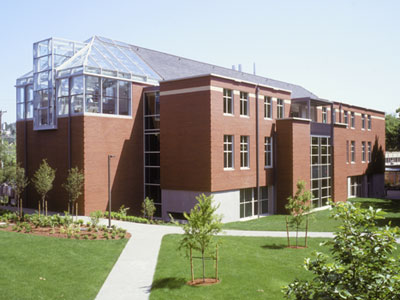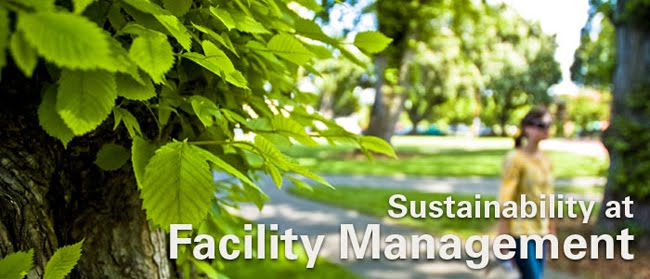The climate action plan commits SPU to a high level of green building standards. This includes designing all new buildings to meet LEED Silver requirements. In addition, certain LEED credits are identified as "SPU priority credits" to ensure new buildings are extremely energy efficient and powered, at least in part, by renewable energy.
 |
| SPU's Science Building was the first building on campus to be LEED Certified. |
Another area of emphasis is reducing energy usage. One of the easiest ways to conserve energy is to turn buildings off when not in use. Through space utilization studies, the University can consolidate evening classes into fewer buildings and improve scheduling density during off-peak hours, thereby taking more buildings offline earlier, saving energy. The climate action plan outlines other ways to curb energy use, through optimizing energy performance and producing on-site renewable energy.
These are just some of the initiatives SPU is enacting to meet its climate goals. To learn more, check out the full climate action plan here.




No comments:
Post a Comment